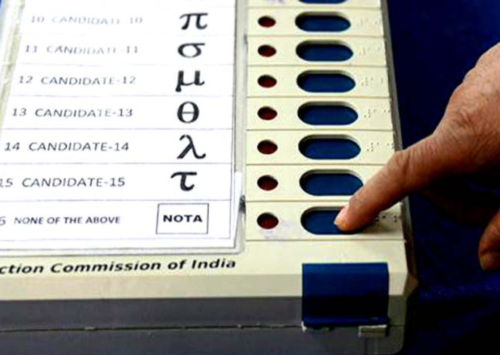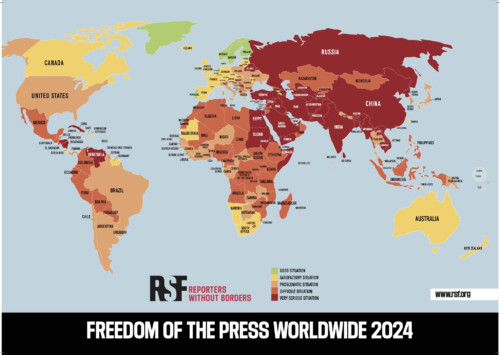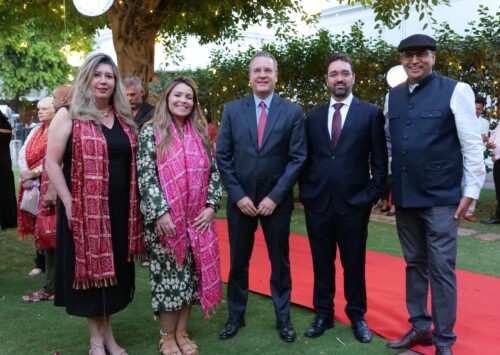4 years of GST: Anything but a Good, Simple Tax

Poor design and worse implementation of GST has hit small businesses the hardest (MIG photos/ Aman Kanojiya)
When the Narendra Modi government rushed with the implementation of the Goods and Services Tax (GST), within weeks of its passage in the Parliament, several economists and opposition leaders had cautioned the government against a hurried implementation, advocating that that more time be given to all stakeholders, be it businesses, auditors or even the state governments, for understanding the tax and taking the necessary steps for its implementation. This specially held true for the small and medium businesses that account for nearly 90 pc of Indian economy and total employment.
But as is the wont of Modi, millions of businesses and their accountants and auditors were given less than seven weeks not just to figure out the new tax code and its implications for their activities, but also make the necessary preparations, including getting equipped with computerised billing and filing multiple forms and returns online, even though government’s own surveys had indicated that well over 90 pc of Indian businesses did not have computers.
As a result of GST’s botched roll out, the Indian economy, which was yet to recover from the catastrophic impact of demonetization of Indian Rupee barely six months earlier, slid further backwards. Moreover, instead of a simple tax which promised same prices for a product or service across India, the actual GST rolled out turned out to be a nightmare for all. Even the most qualified chartered accountants struggled to read the numerous tax codes and rates applied therein. For example, a garment store had to charge different tax rates for almost every single product and even the roadside dhabas were expected to charge different rates for a chapati (5 pc) and paratha (18 pc).
Moreover, most businesses have lost out by not being able to claim in their input tax credits, a significant incentive of the GST for businesses. But technical glitches, difficulty in claiming input tax credit and ever-changing rules make compliance a cumbersome business. With the Centre putting stringent conditions for claiming tax credits, most taxpayers have lost out on it, who lose due to mistakes or non-reporting by their suppliers.
The complications were so severe that the government was forced to make significant changes in the tax code almost from the day it was launched. Four years on, it would be difficult to keep a count of the number of changes in GST since introduction, but nearly all analysts blame these innumerable changes in GST as one of the biggest failures of a tax code that was supposed to simplify the life of taxpayers and boost the economy as well as government’s collections.
Sustained and significant shortfall
One of the biggest failures of the GST and whose impact is being felt by not just the federal but even the state governments is in total collections. For instance, in the first full year estimates were for INR 7.43 trillion, but actual collection was barley 78 pc. Next year, even though the government had dramatically cut the targeted collection to INR 6.63, collections were even lower at 90 pc. Similarly, each passing year, the tax revenue has gone down, putting a huge hole in the government’s budgeting. This clearly establishes the gross overestimation made by the ‘mandarins’ of the finance ministry right from the beginning and blew apart one of the key selling points of the GST – higher tax revenues through increased transparency and also through the economic growth that GST was meant to deliver.
The sustained and significant shortfall in collections has led to a virulent dispute between the Centre and various state governments, primarily those not run by the Bharatiya Janata Party. For its part, the Centre happily kept on imposing special surcharges and cess, which are not part of the kitty that it has to divide with the states. Under the GST Act, the Centre is supposed to compensate the states for any shortfall up to the end of 2022. The Centre also promised to underwrite a 14 pc annual growth in tax earnings for each state up to 2022 and to compensate for any shortfall.
However, few months ago, in a meeting with state finance ministers, union minister Nirmala Seetharaman said that the Centre was unable to compensate the states and also rejected calls for extension of the period of compensation due to the pandemic.
As early as August last year, the grimness of the situation became evident when the Centre admitted the problem and the extent of it. It said that as against the compensation requirement of INR 3 trillion, it could muster only INR 650 billion. The Centre asked the states to borrow money on their accounts for the shortfall, pushing the fiscal deficit of the states to much higher than their already dangerous levels.
Meanwhile, the meetings of the GST Council, a federal body that is meant to take decisions on the tax code, are not as frequent as they were earlier and also there are frequent verbal spats between the states and the Centre, disrupting the cooperative mechanism that is needed for the process to advance.
For years after it was launched amidst much fanfare and with exaggerations, it would be difficult to find any independent analyst who could call the implementation of GST a success and whether it has gone anywhere near achieving its objectives.









